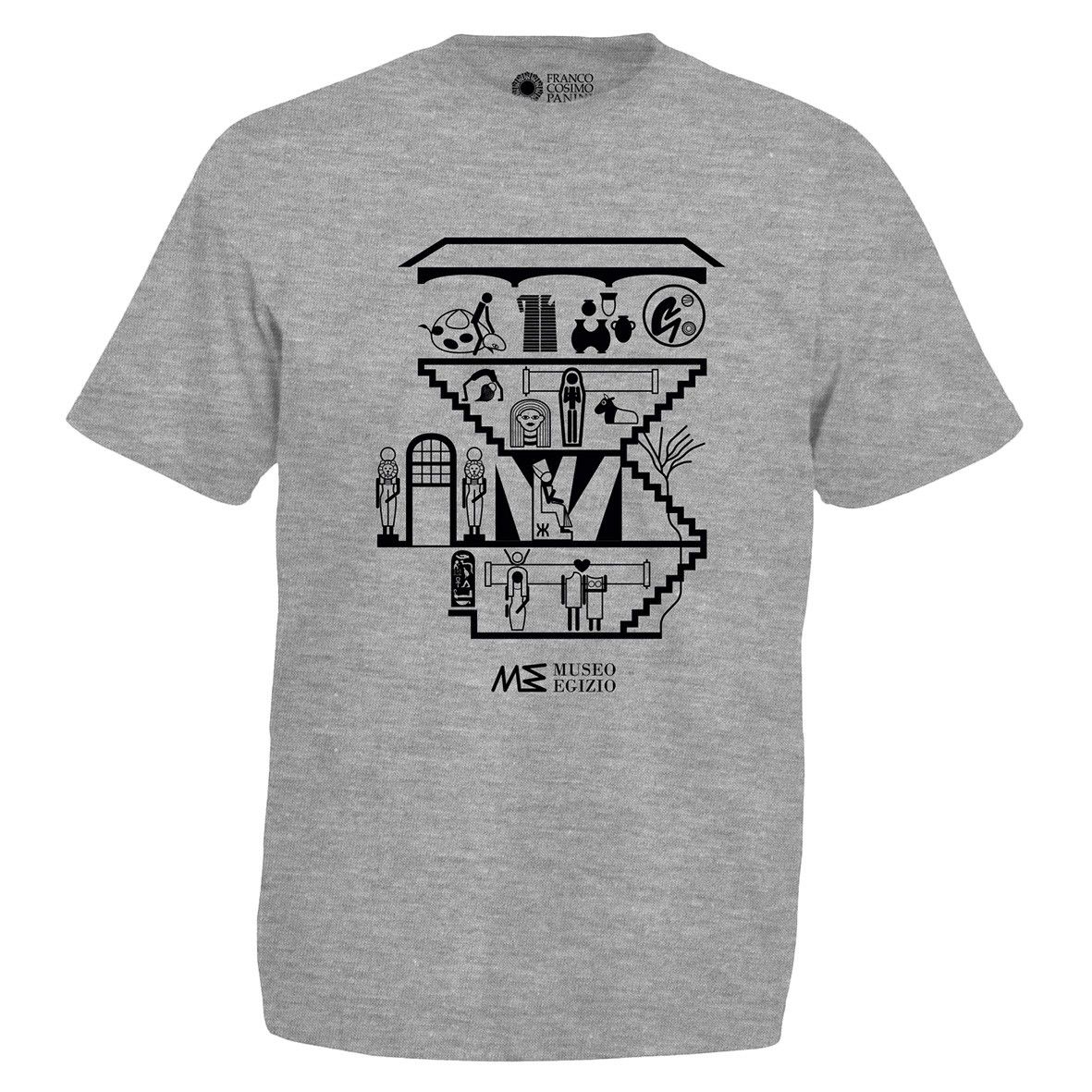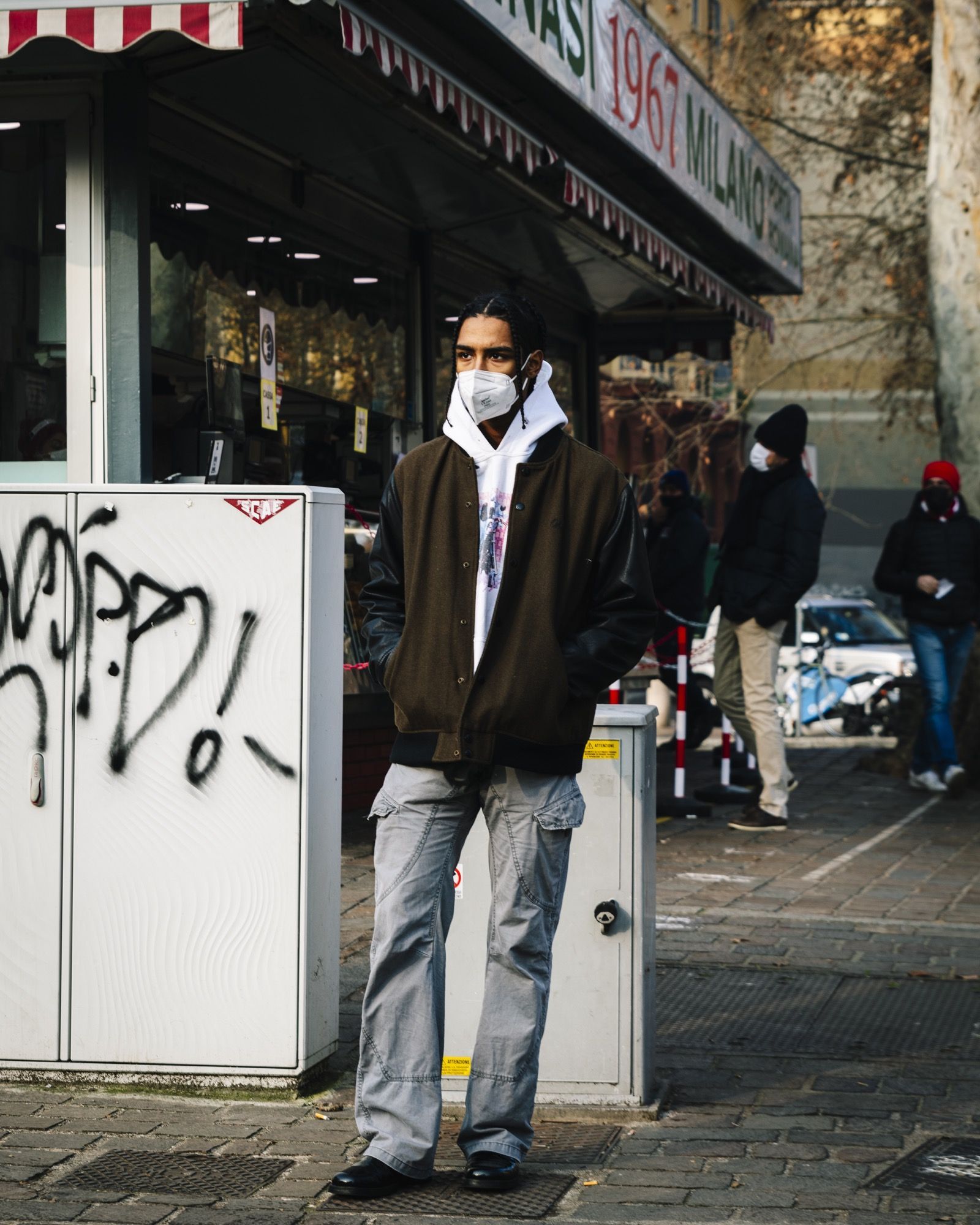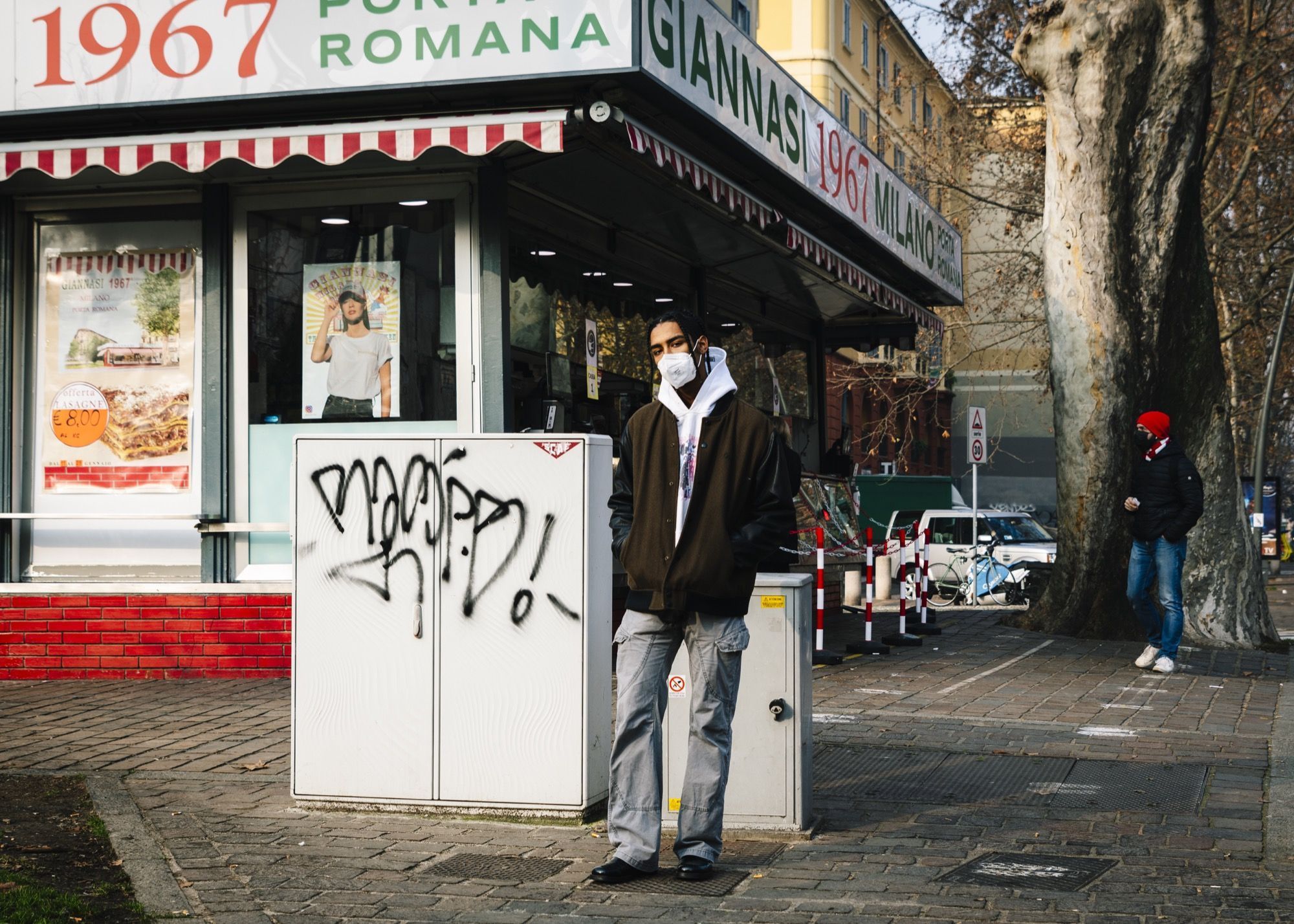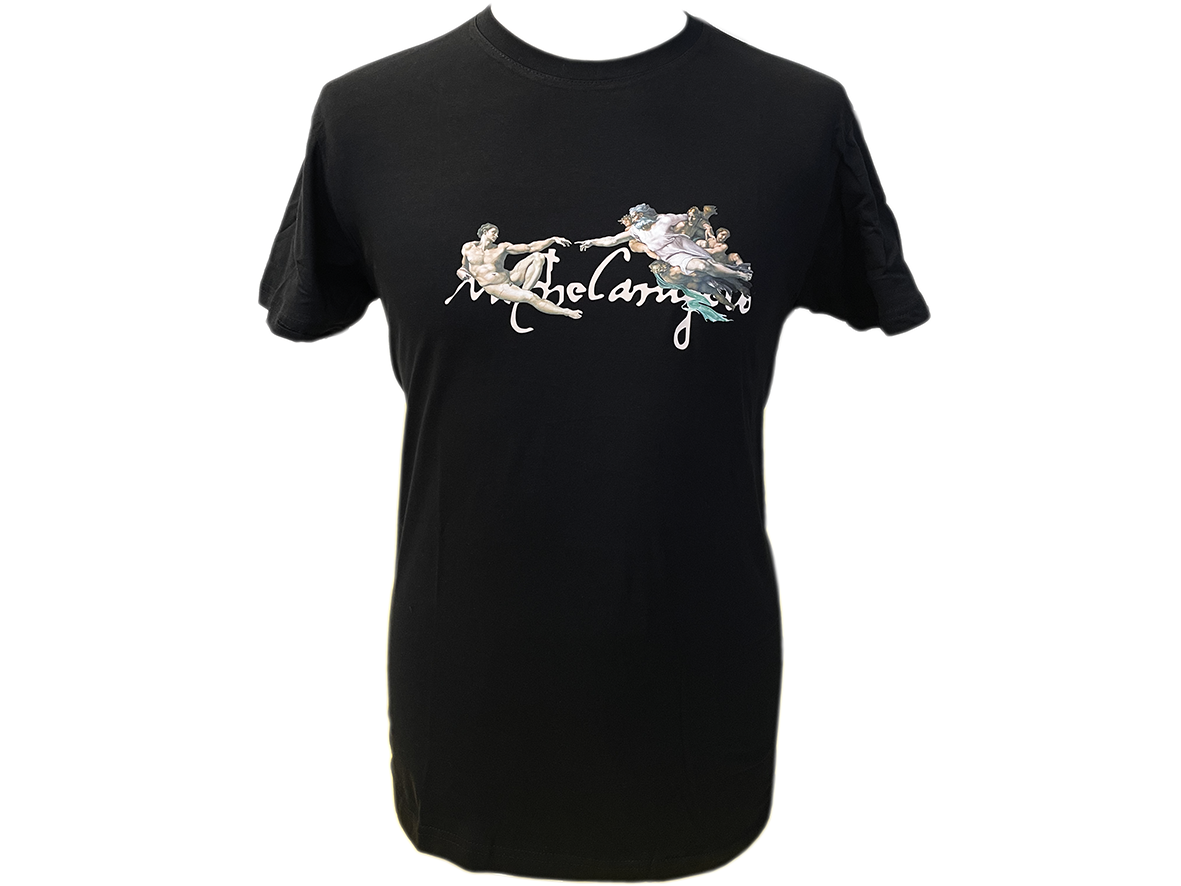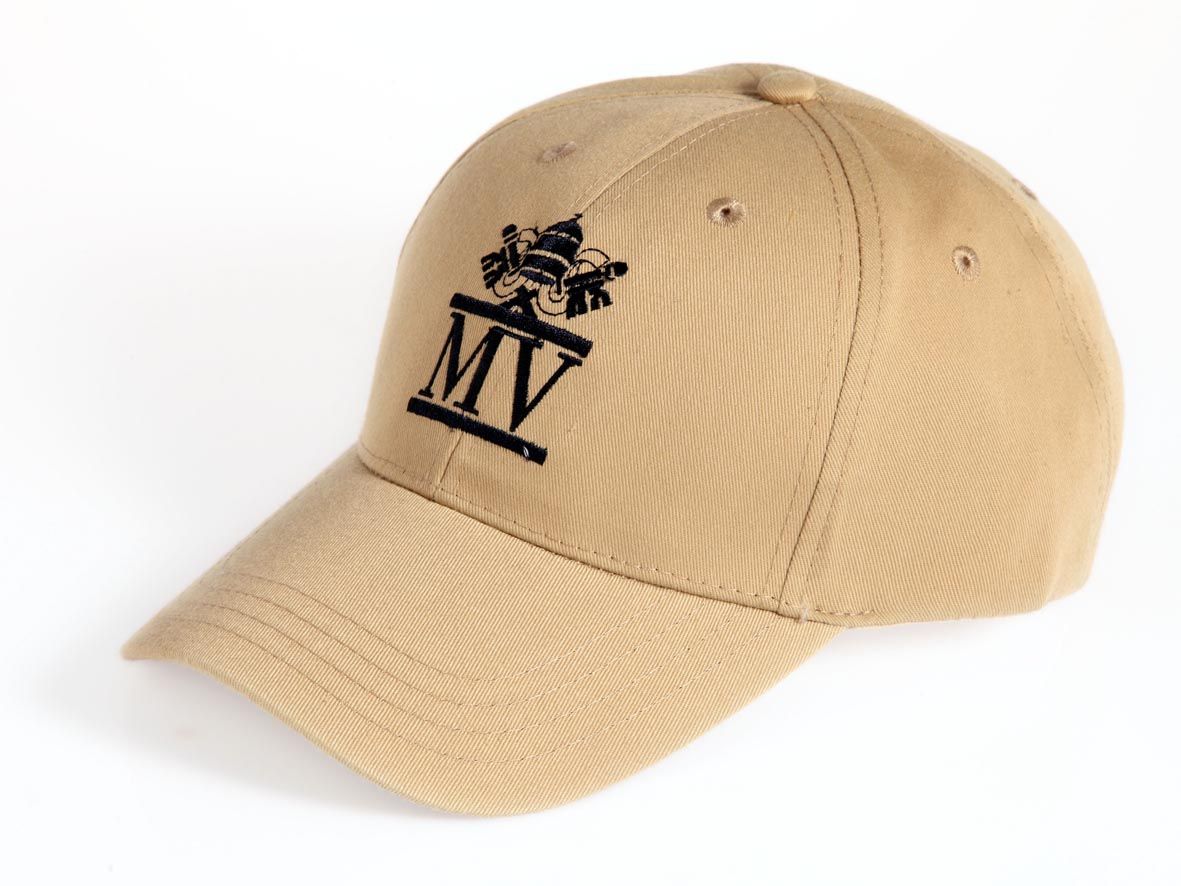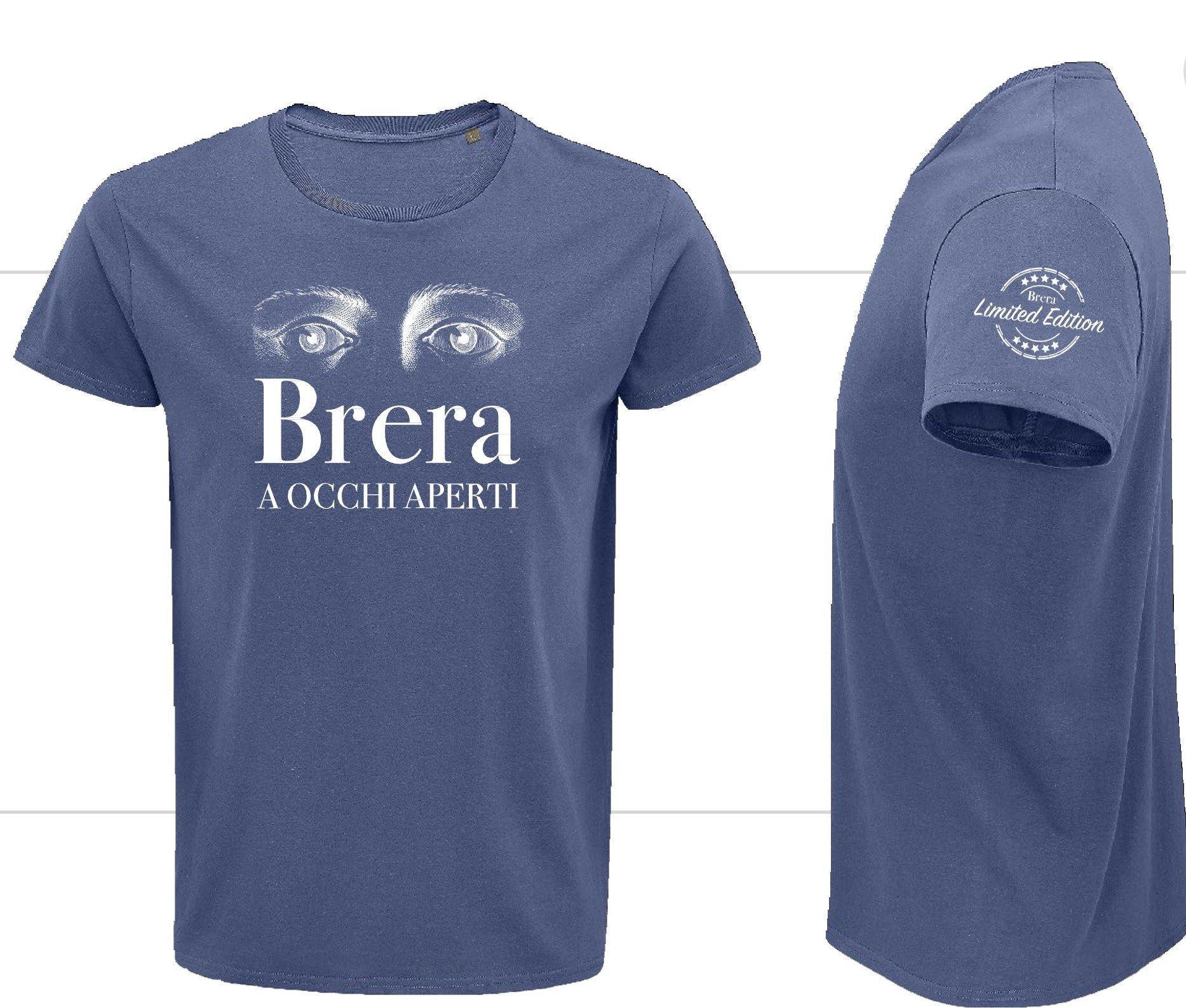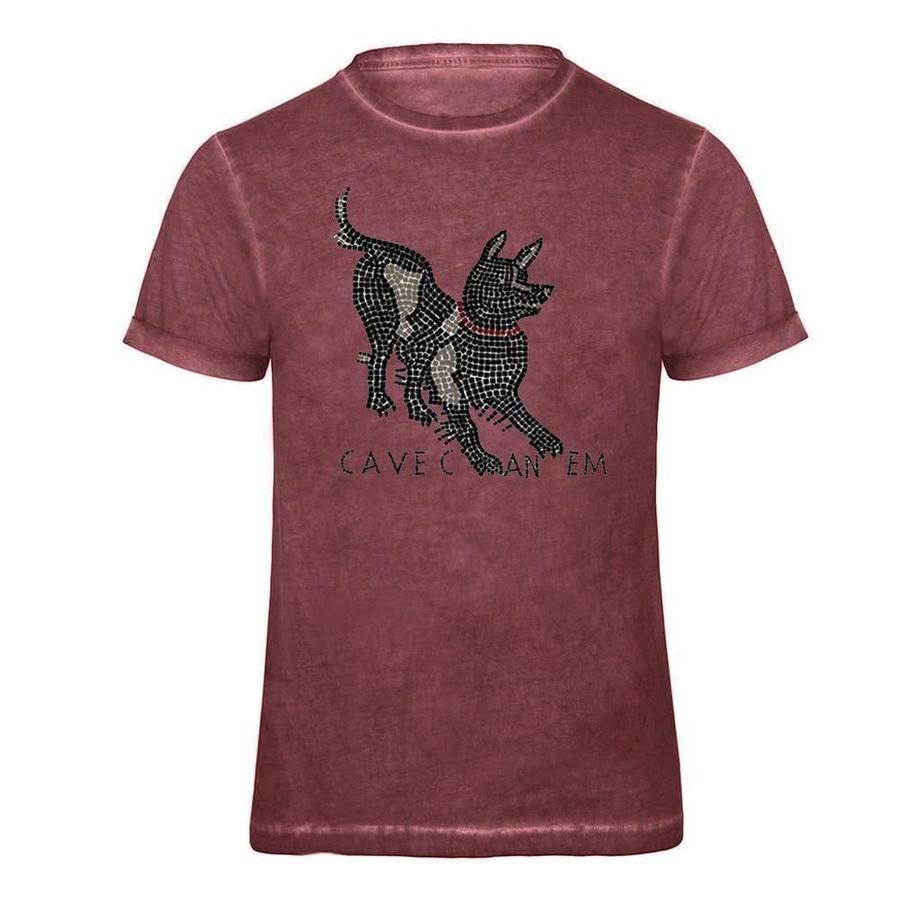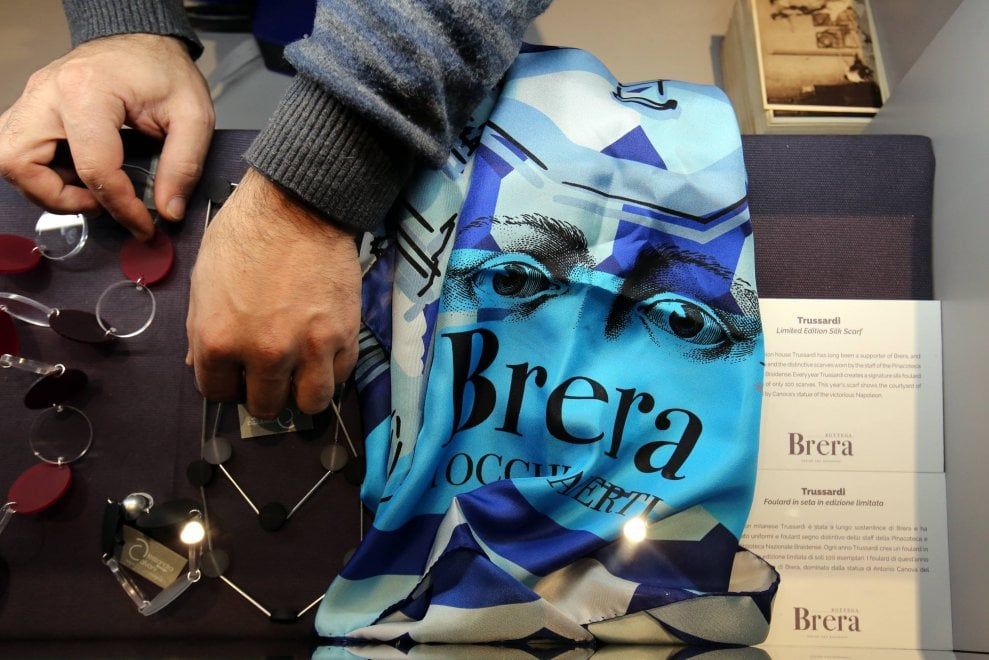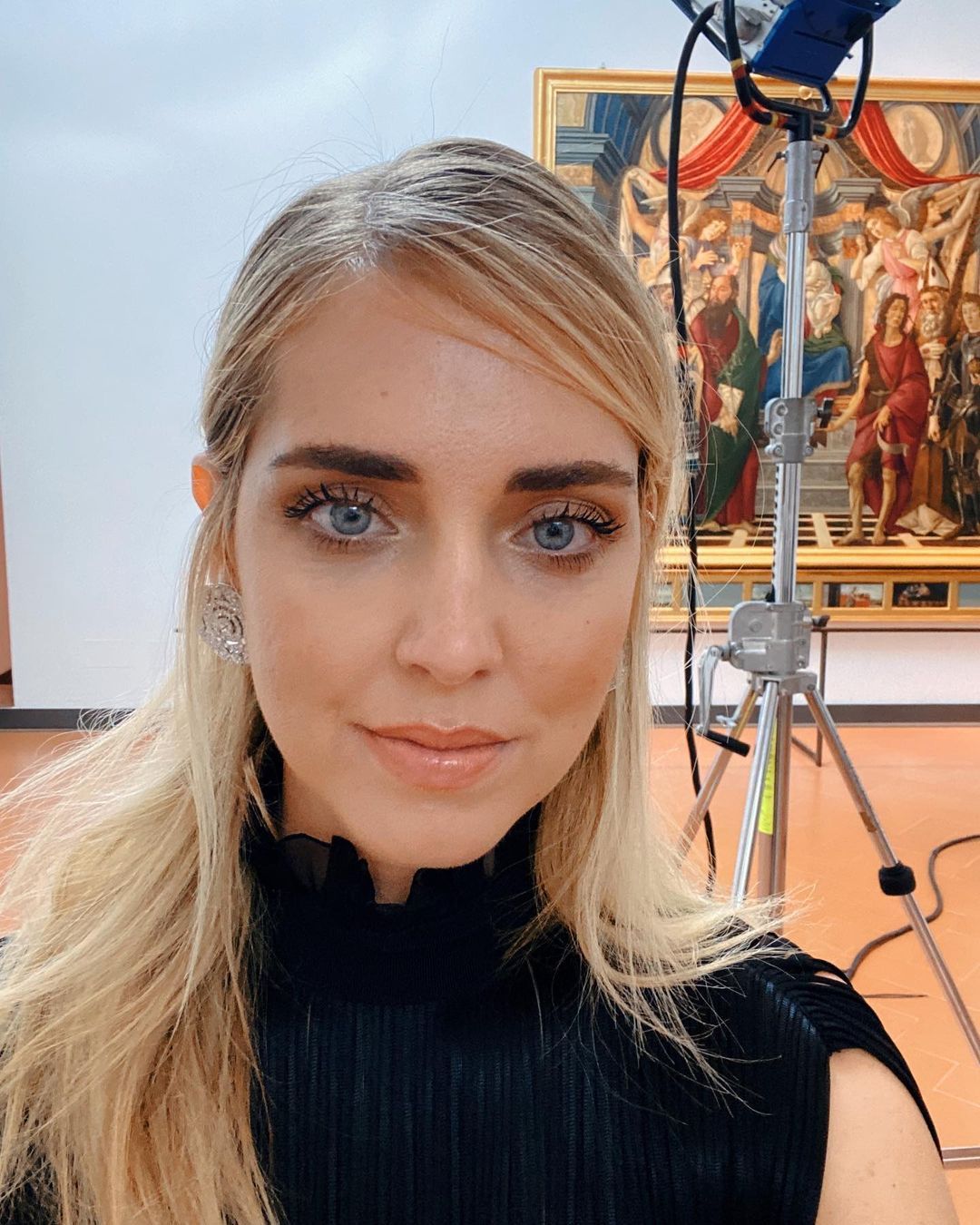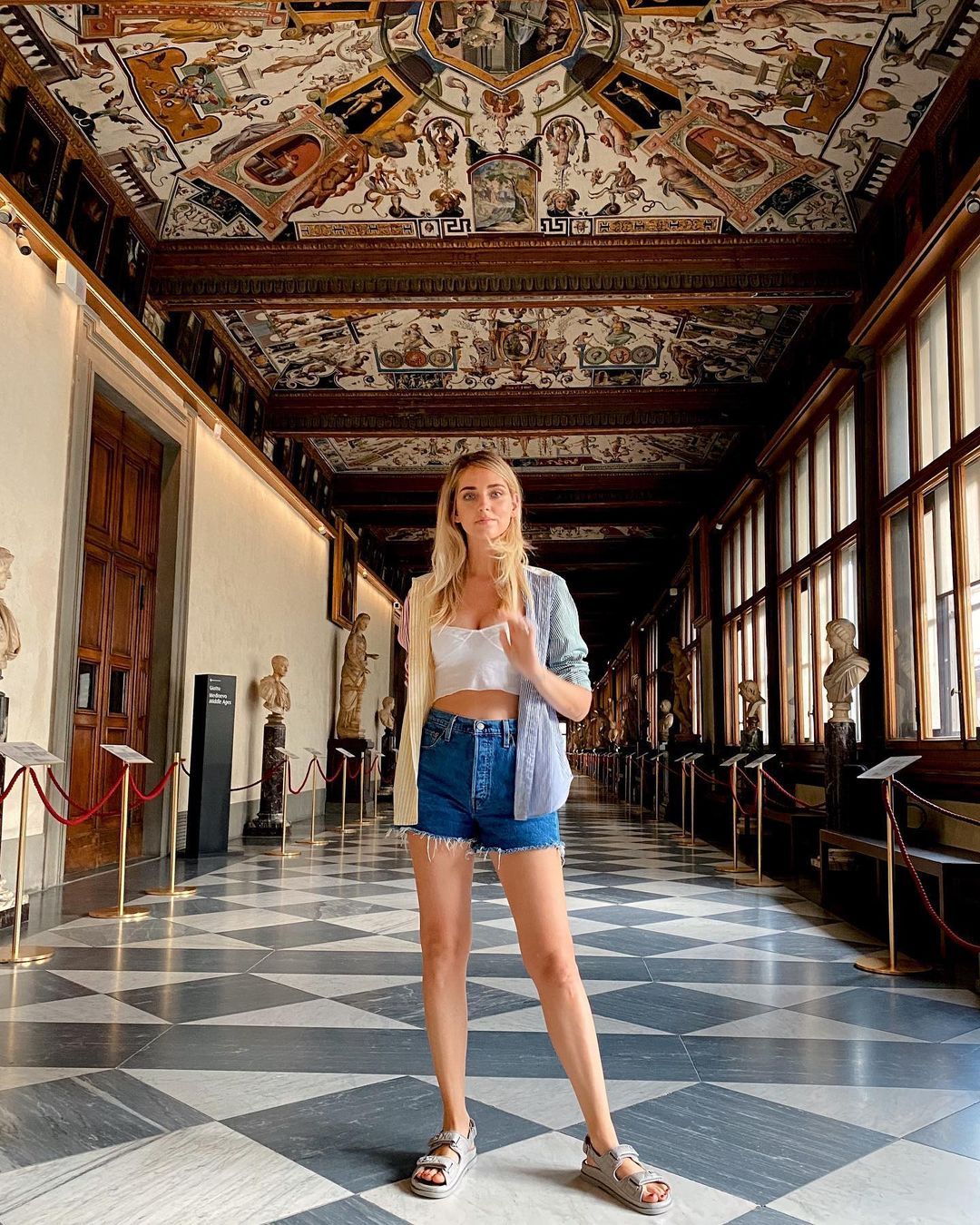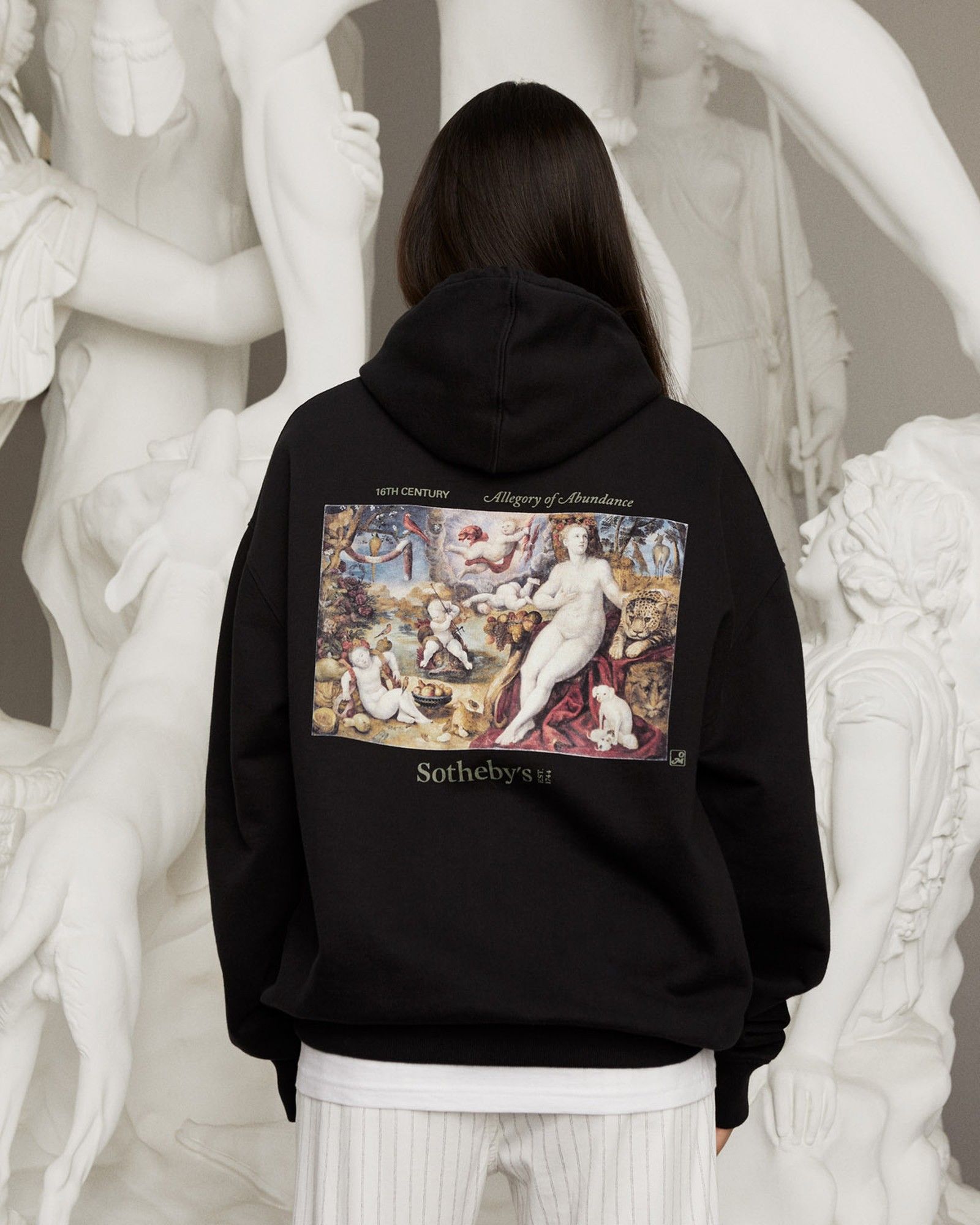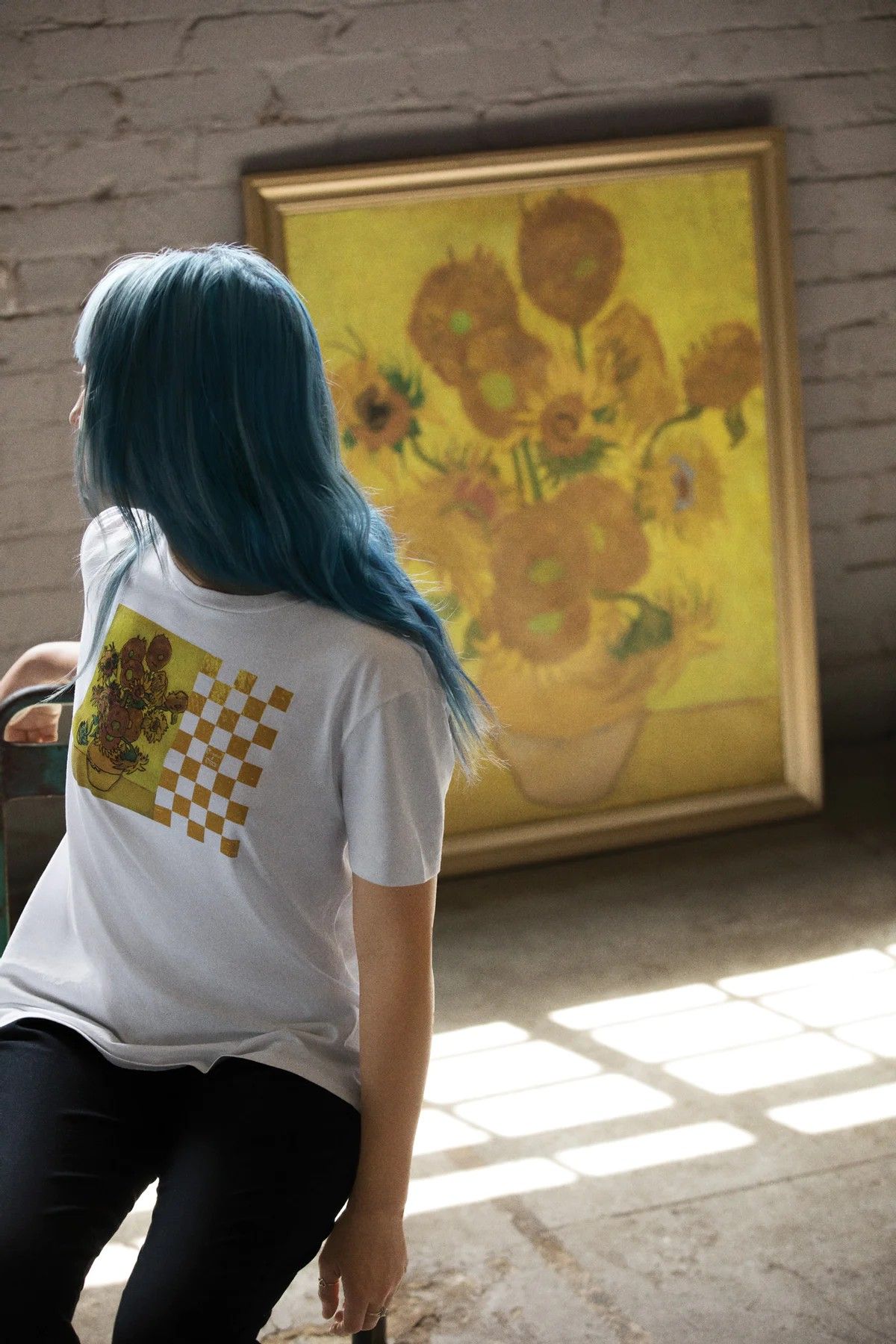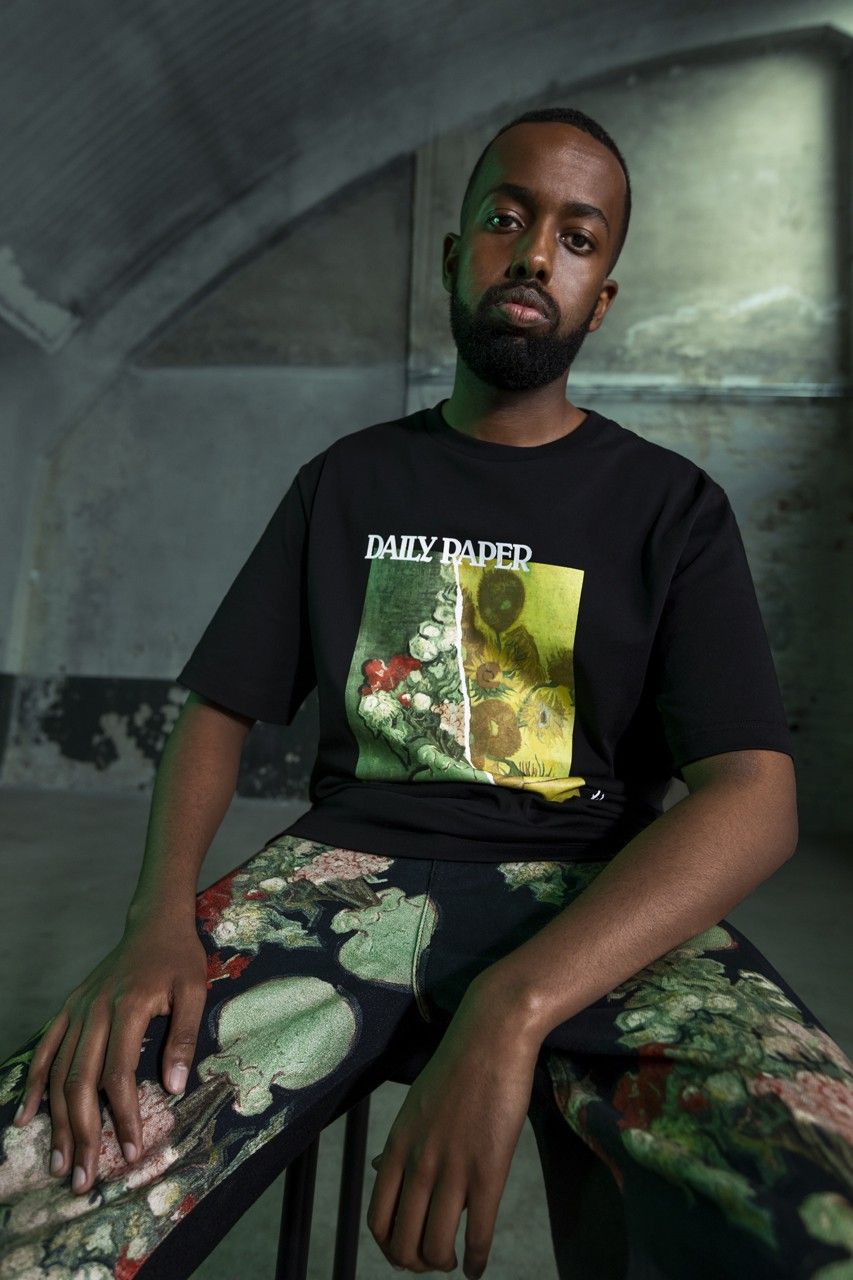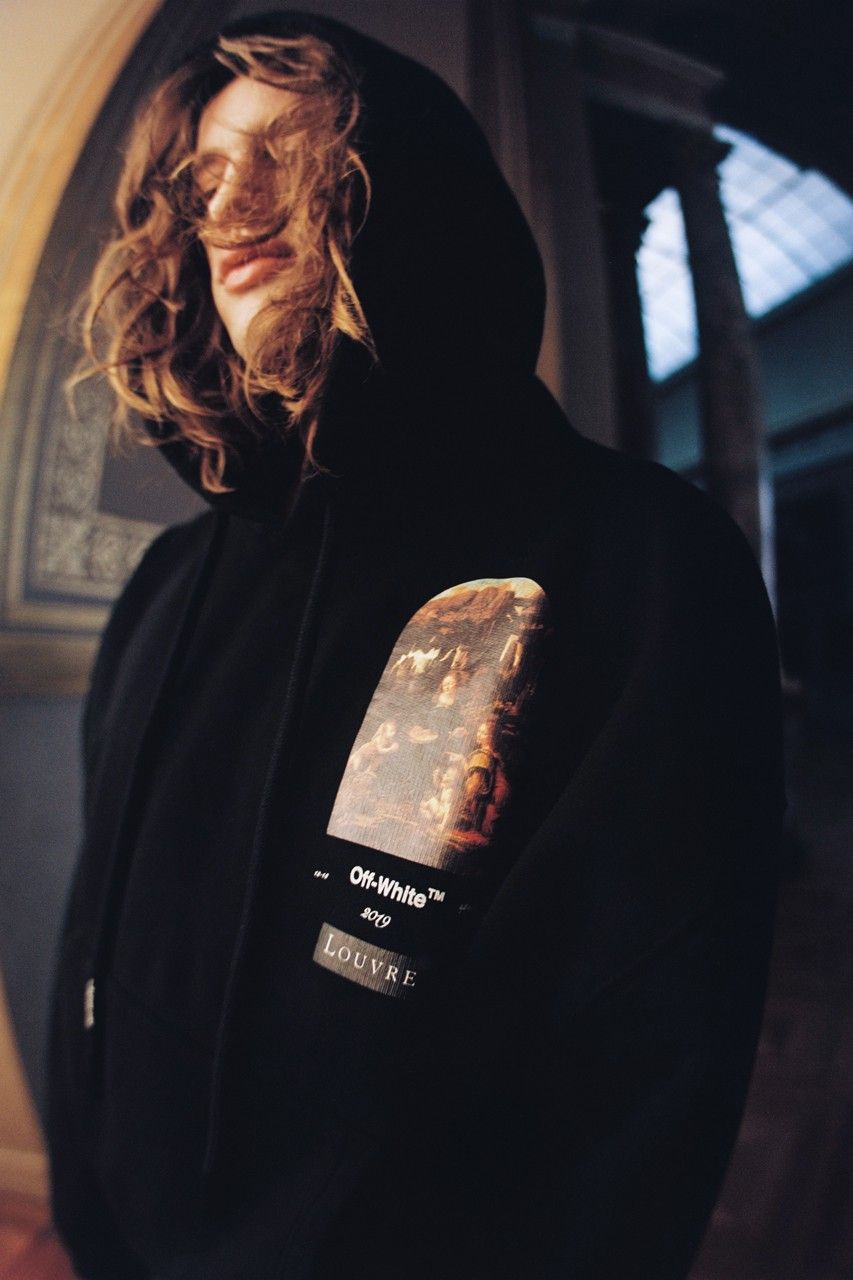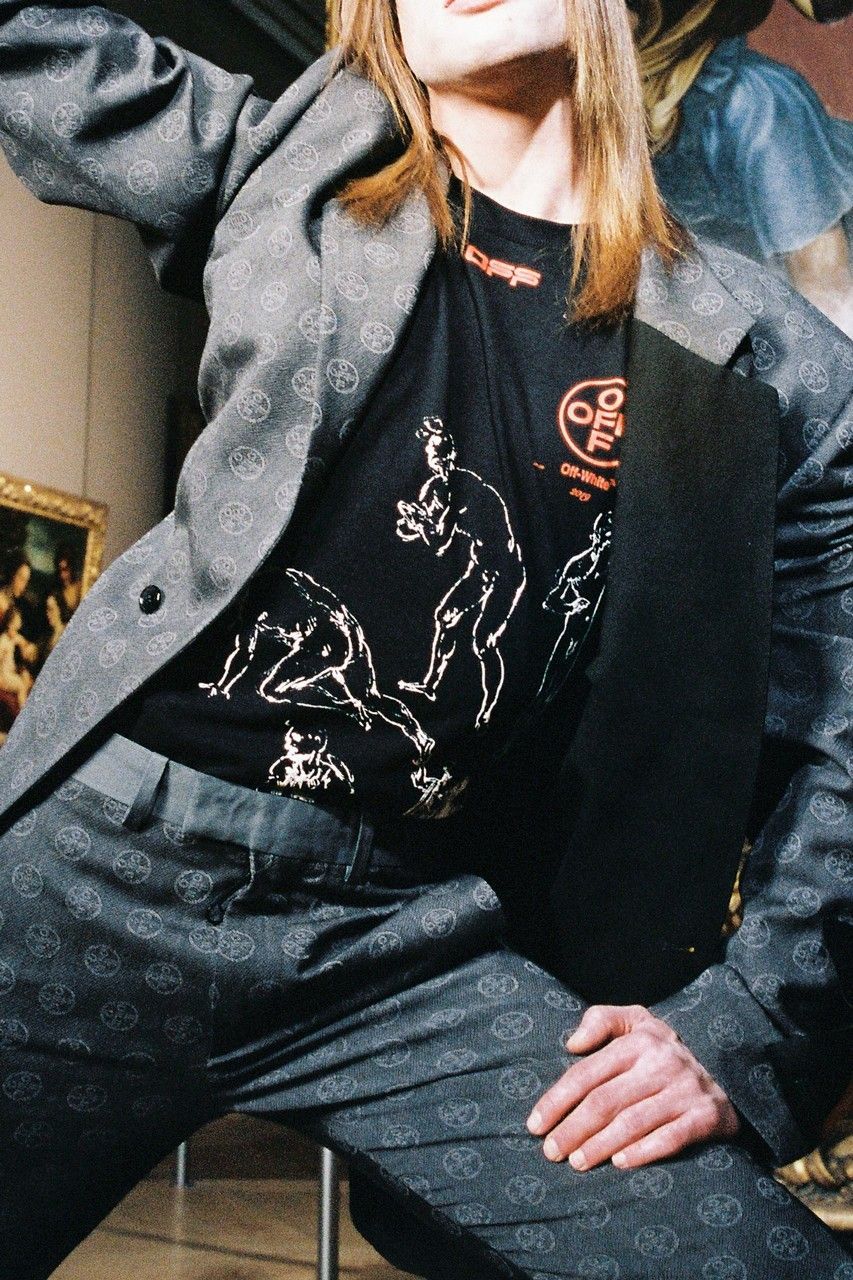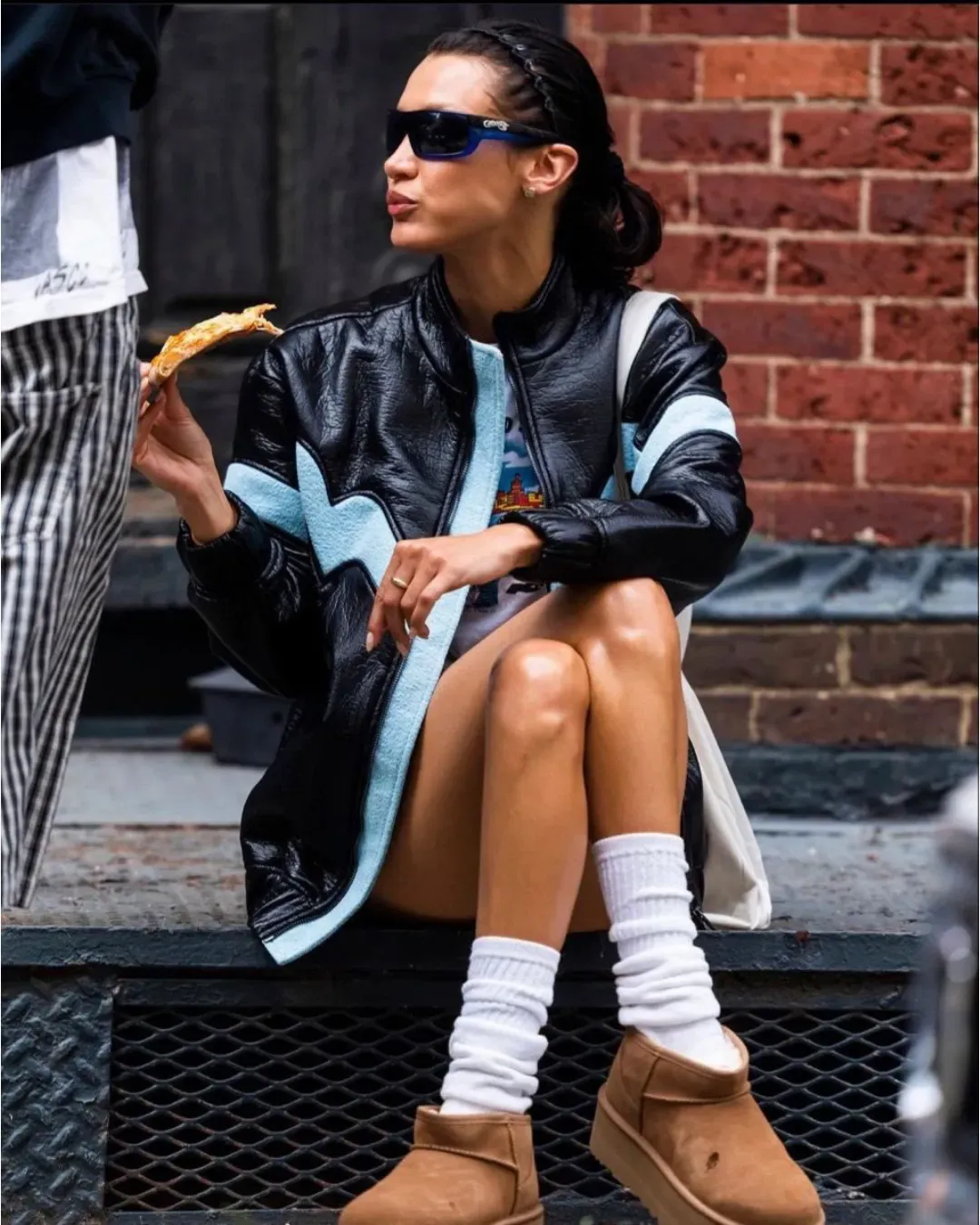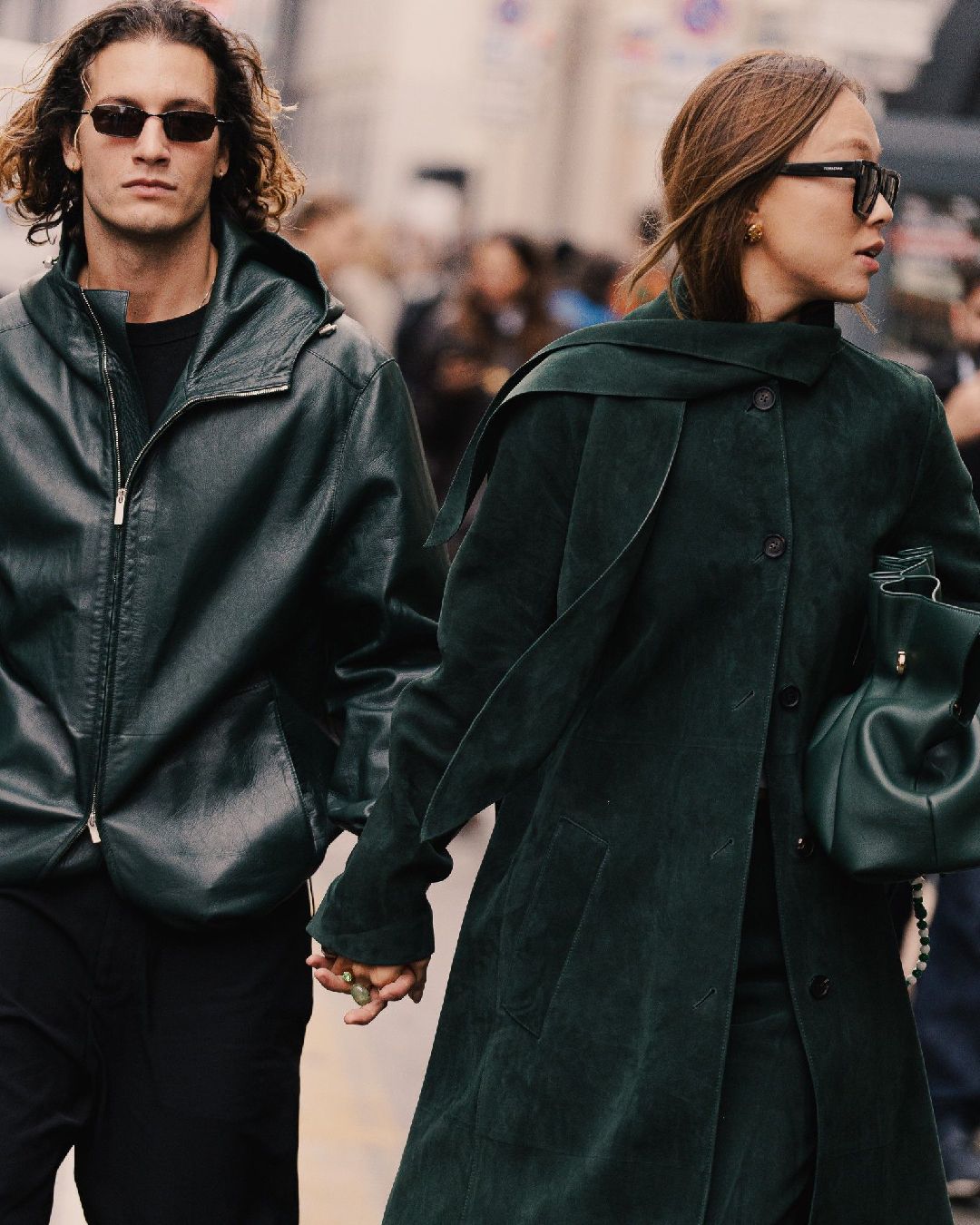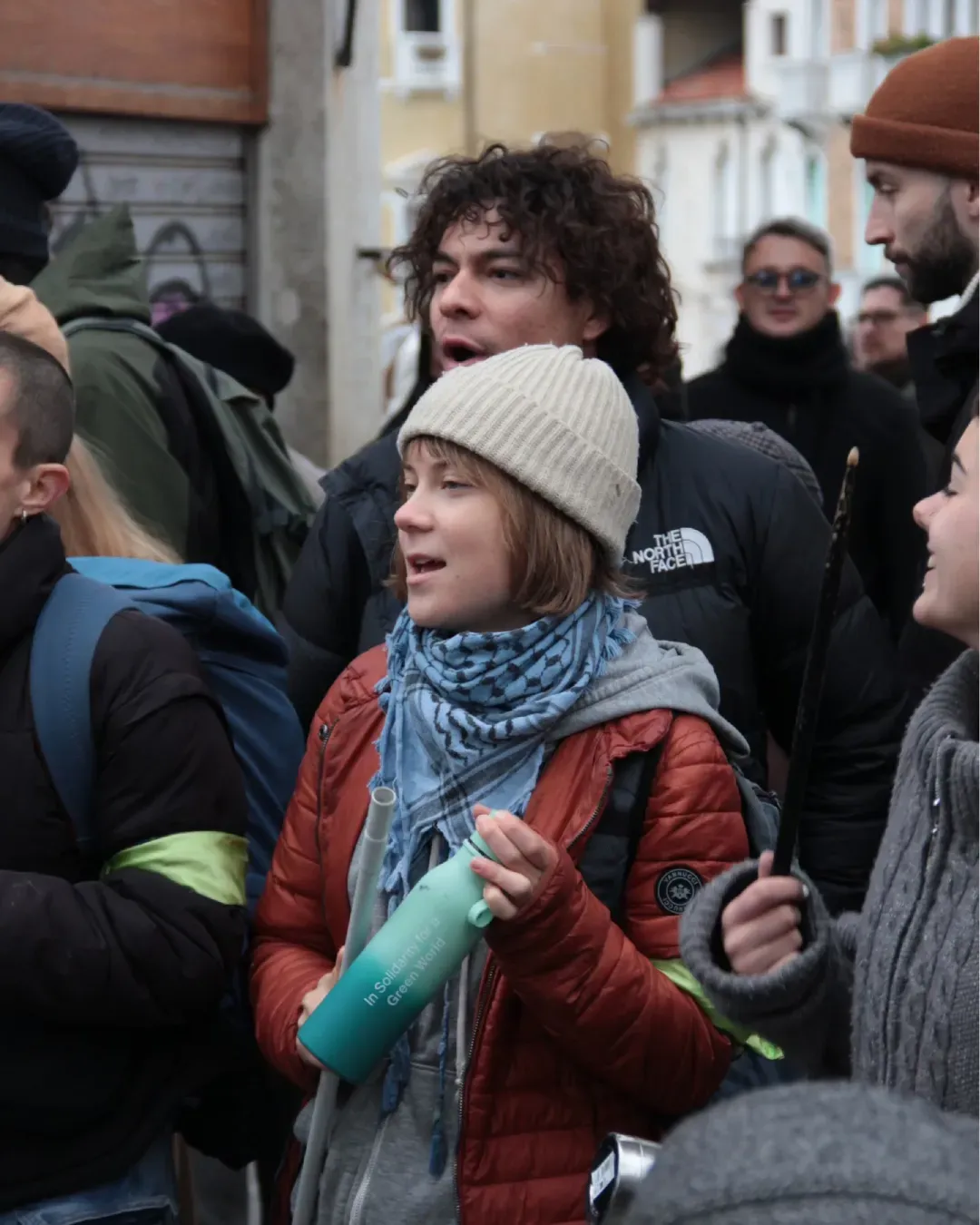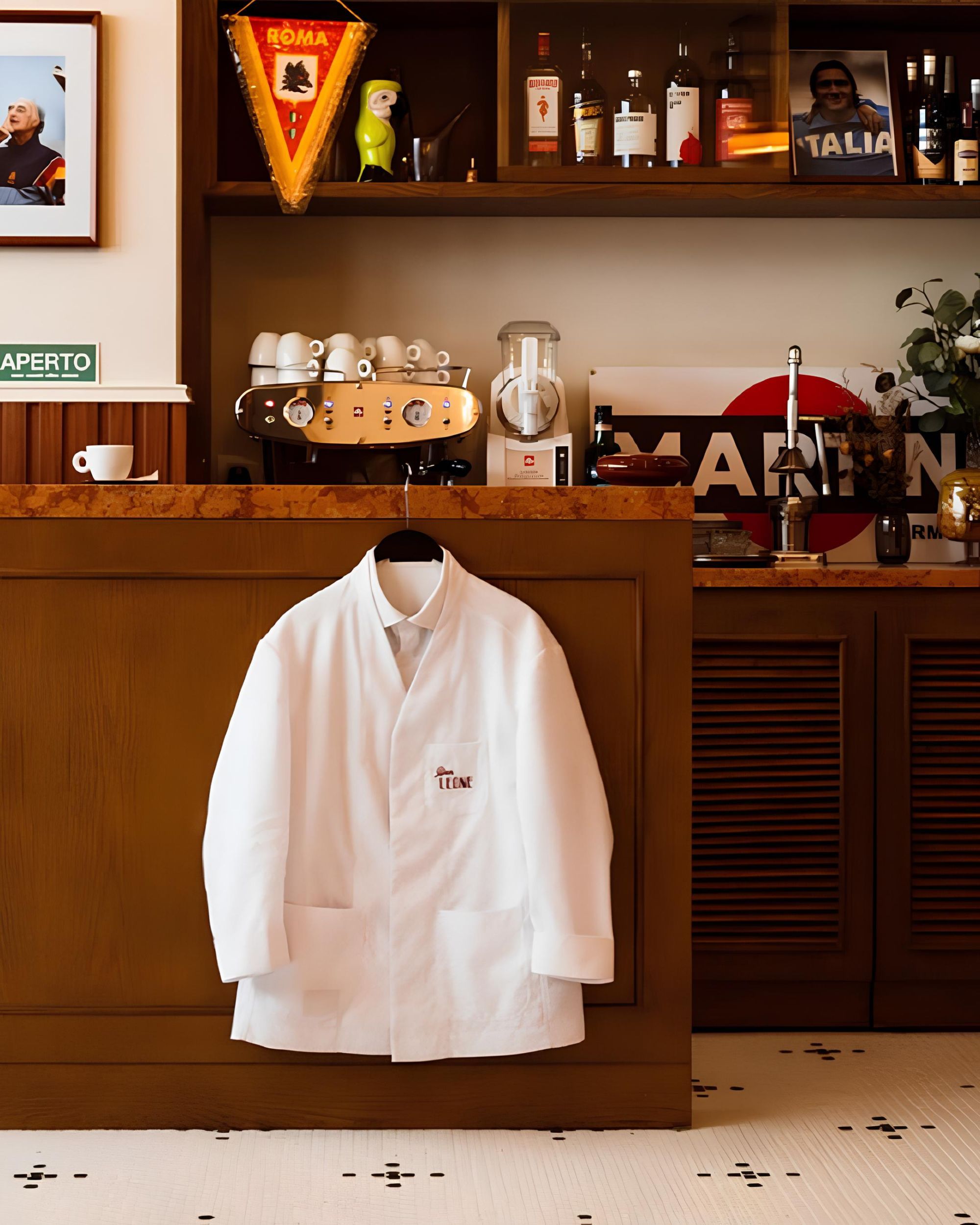
The fantastic world of Italian museum merch From simple souvenirs to hallmarks of a community
Every museum path in the world ends in the inevitable gift shop. A place where there are books, t-shirts and commemorative hats, tote bags and all sorts of hamlets on which you can print on top of a famous painting: keyring, ashtrays, puzzles, cups, umbrellas, notebooks, scarves and so on. All objects that often fall into the kitsch category, both for their poor quality, for the dubious art direction with which they were produced, and for their status as a somewhat childlike souvenir. But things have changed over the years. For example, the world's leading museum, the Louvre, recently collaborated with both Netflix on the occasion of Lupin's release, Uniqlo and, before the lockdown, Virgil Abloh. Last April Pangaia and Takashi Murakami created a capsule for MoMa - just coming back from a collaboration with Vans. Also in 2019, the Museum of Contemporary Art in Chicago collaborated on a capsule always designed by Abloh on the occasion of its exhibition. In 2020, Daily Paper collaborated with the Van Gogh museum, which is now about to launch its perfume line. It had already collaborated with Vans in 2018. Sotheby's has created a collection of merch with art prints together with Highsnobiety.
If the merch category, in general, enjoys such a prosperous life commercially, the sense of cultural belonging that the merch expresses represents a strong psychological stimulus for the public. Daniel Rodgers of Highsnobiety writes in an article on cultural merch that, during the pandemic, "copping a T-shirt from your favourite spot became a way to support them through the crisis", a sign of the importance of communities but also, always in the words of Rodgers "a secret handshake" which, according to The Cut, in New York has changed into Zizmcore, that is, the trend of wearing the ultra-local merch of Bars and New York clubs as a sign of belonging to a certain community. In Milan, something similar happened with Giannasi, the legendary rotisserie that opened in '67, whose t-shirts have also popped up among the reports of the last fashion week and which actually represent a kind of sign of understanding among the inhabitants of the city.
What was once considered effortlessly created garments to buy effortlessly such as t-shirts with naïve and somewhat raw graphics, hats with the coat of arms of the Vatican Museums or rhinestone t-shirts of Roman mosaics selling in Pompeii today have become a statement that goes beyond style? The return of normcore and the underground trend of touristcore have promoted this shift in perception: what was embarrassing today is reminiscent of the old world of school trips, parent trips and vulgar but so nostalgic tourist attractions of the 90s and early 2000s. In the final analysis, it is a kind of return of logomania but in a cultural key.
The Italian gift-shops
Taking a quick tour of the online e-shops of the main Italian museums you immediately notice a profound difference with those of their international "colleagues". A few examples: in the digital portal that includes all the e-shops of the city museums of Florence, next to a white T-shirt and cap with the Uffizi logo, there is also a curious pair of sneakers with Leonardo's Annunciation on it, apparently for sale even if the company that produces them, Springa, shows no signs of life since 2016; Pompeii's t-shirts are more fun, with the famous Cave Canem mosaic in rhinestone version, Flora's image and Luciano De Crescenzo's sketches. At the Vatican Museums, on the other hand, naivety is focused: a T-shirt with Raphael's School of Athens bearing the painter's name and a white cap with the papal coat of arms; while in Turin, in addition to the classic T-shirt of the Egyptian Museum, there are also the jewels of Petra Waszak.
In Milan, on the other hand, the Science Museum offers a series of t-shirts decorated with Da Vinci's sketches, at the Pinacoteca di Brera, among the various tote and jewellery, a blue t-shirt with the Brera Logo With Open Eyes while you can also buy a scarf created in collaboration with Trussardi. At Palazzo Reale, on the other hand, the products vary with the variation of the exhibitions and include, as in the other cases, t-shirts and tote as the main items. In general, however, it should be emphasized that technological backwardness has also slowed down the aesthetic progress of the merch of Italian museums that, paradoxically, has lagged so far behind that it is coloured with a nostalgic aura, not to say completely camp, and precisely this completely naïve nature makes it today interesting, expressive, endowed with that charm that has all the demodé and exaggerated things.
Why museum merch will become relevant again
A vision that Eike Schmidt, director of the Uffizi, tried to change in Italy amid many efforts and that led him, for example, to promote museums through Chiara Ferragni and by selling digitized works in the form of NFT. But even if these initiatives are entirely laudable and modern, starting from the merch of museums to promote social relevance is a path that does not seem to have been travelled yet. Yet ignoring this aspect means ignoring huge commercial and marketing opportunities, without mentioning as a collaboration between a prestigious museum and a prominent fashion brand, following the example of the Louvre, would help to age the public's perception of the museum itself.
In line with the new goals to be achieved to overcome the pandemic crisis, therefore, the world of Italian institutional culture should begin to reassess the potential of its merch: 2021 is the era of communities and collective identities, speaking this type of language could allow the many Italian museums to find that young audience and that new relevance that they have been desperately looking for for years.










































